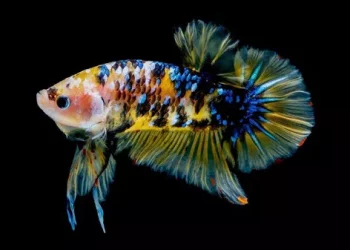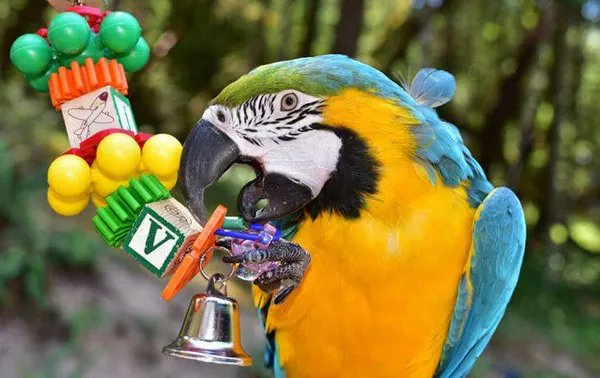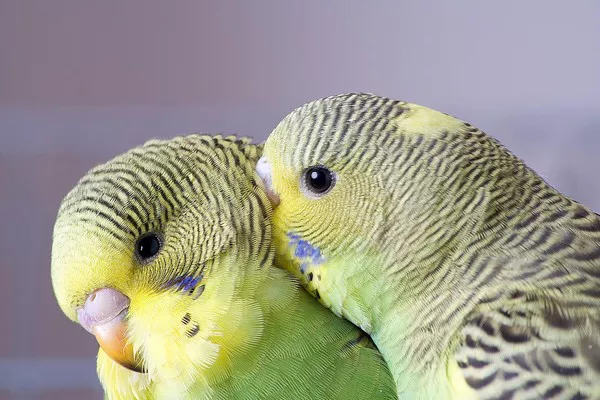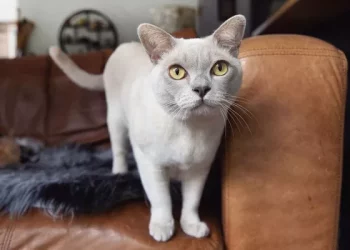Tortoises are fascinating creatures that have captivated the human imagination for centuries. From their slow-moving, hard-shelled bodies to their long lifespan, tortoises are often considered a symbol of longevity and resilience. While tortoises come in a variety of colors, shapes, and sizes, some are darker or predominantly black in appearance. This article will delve into the different types of tortoises that are black, exploring their physical characteristics, habitat, behavior, and the care needed to keep them as pets. Whether you are a current tortoise owner or considering adopting one, understanding the unique qualities of these black tortoises will enhance your appreciation and ability to provide them with the best care possible.
Understanding Tortoise Colors and Patterns
Before diving into which tortoises are black, it is important to understand why tortoises have the colors and patterns they do. The shell of a tortoise, known as the carapace, serves multiple purposes: it protects the tortoise from predators, provides structural support, and helps regulate the animal’s body temperature. The coloration of a tortoise’s shell can vary depending on a variety of factors including genetics, environment, and the species of tortoise itself.
Most tortoises display patterns of earthy tones—browns, yellows, and greens—that help them blend into their surroundings. For example, tortoises that inhabit deserts or dry, rocky environments may have lighter, more neutral shades that reflect sunlight and help them stay cool. On the other hand, tortoises that live in forests or wetlands may have darker hues that help them absorb heat from the sun.
Some tortoises, however, may have darker or even black shells. These tortoises are often species-specific and may have evolved darker colors for reasons related to heat absorption, camouflage, or even the protection of their sensitive skin.
Tortoise Species with Black or Dark-Colored Shells
While there are no tortoise species that are entirely black, several species have darker shells, sometimes exhibiting black or very dark hues. Below are some of the tortoises that are known to have black or predominantly dark-colored shells.
1. Indian Star Tortoise (Geochelone elegans)
The Indian Star Tortoise is a well-known species that often exhibits dark shells with bright, star-like patterns. While the majority of the shell is a rich brown or yellowish color, the patterning can create a striking contrast that sometimes appears to be almost black. These star-like patterns are made up of thin lines radiating from the center of each scute (the individual plate on the tortoise’s shell).
This tortoise is primarily found in India and Sri Lanka, where it inhabits dry forests and grasslands. The dark colors of the Indian Star Tortoise’s shell may help it absorb heat during cooler nights or mornings, making it better equipped to handle the fluctuating temperatures in its native environment.
Though not entirely black, this species often has dark patterns that can give the shell a strikingly dark appearance, especially in individuals with more intense patterning.
2. Sulcata Tortoise (Centrochelys sulcata)
Also known as the African Spurred Tortoise, the Sulcata Tortoise is one of the largest tortoise species and native to the Sahel region of Africa. Although this species generally features a light brown or yellowish shell, some individuals can develop dark brown or black coloration as they age. These darker tones are often seen in older tortoises and are thought to be part of the aging process, as the shells of many tortoises tend to darken over time.
The Sulcata Tortoise’s dark coloring helps it retain heat, as it is a creature that thrives in hot, arid climates. The black shells absorb the sun’s rays during the day, keeping the tortoise warm during the cooler evenings and nights.
3. Leopard Tortoise (Stigmochelys pardalis)
Native to the savannas and grasslands of eastern and southern Africa, the Leopard Tortoise is a species known for its beautiful shell pattern. The name “Leopard” comes from the distinct yellow and black spots that appear on its shell, creating a bold, striking contrast.
While the Leopard Tortoise’s overall coloration is not entirely black, the prominent black markings can give the appearance of a darker tortoise. The black spots on its shell often vary in size, shape, and distribution, so some individuals can appear much darker than others.
Leopard Tortoises are relatively large and are considered to be one of the most beautiful tortoises in the world. Their striking black and yellow patterns help camouflage them in their native environment, providing them with protection against predators.
4. Red-Footed Tortoise (Chelonoidis carbonarius)
The Red-Footed Tortoise is primarily known for its reddish-orange markings on its legs, but it also has dark, almost black patterns on its shell. While the shell itself is usually brown or dark gray, the prominent dark markings can make it appear much darker, particularly on individuals with strong black streaks and patterns.
This species is native to Central and South America and is commonly found in forests and grasslands. The black markings on their shells likely offer some camouflage in the dark, shadowy environments they inhabit.
5. Aldabra Giant Tortoise (Aldabrachelys gigantea)
The Aldabra Giant Tortoise is one of the largest tortoises in the world and is found on the Aldabra Atoll in the Indian Ocean. While the Aldabra Giant Tortoise is not primarily black, older tortoises in this species often have darker shells that may appear nearly black.
The darkening of the shell in older Aldabra Giant Tortoises is thought to be a natural occurrence, as they age and their shells thicken. These giant tortoises can live for over 100 years, and as they grow older, their shells can become more weathered and darker in color.
While not all Aldabra Tortoises are black, it’s not uncommon to see some with darker shades, especially among the older individuals.
The Role of Black Coloring in Tortoises
Tortoises with darker shells may appear black due to the natural pigmentation of the scutes. But why do some tortoises have these darker shells? The color of a tortoise’s shell can serve several important functions, particularly related to their ability to adapt to their environment.
1. Heat Absorption and Regulation
Many tortoises live in environments where temperature fluctuations can be extreme. Dark-colored shells are excellent at absorbing heat from the sun, which helps the tortoise regulate its body temperature. This is particularly important for tortoises living in deserts or semi-arid regions, where daytime temperatures can be scorching, and nighttime temperatures can plummet.
For example, the Sulcata Tortoise, native to the Sahel region of Africa, benefits from its ability to absorb solar energy with its darker shell. The retained heat helps the tortoise maintain its body temperature during cooler evenings and nights.
2. Camouflage and Protection
In the wild, tortoises are vulnerable to predators, particularly when they are young. Dark-colored shells, particularly those with patterns like black or dark brown, provide some level of camouflage in their natural environment. A tortoise with a black shell may blend in with the dark soil, rocks, and other natural elements in its habitat, making it less visible to predators.
3. Natural Selection and Evolution
Some tortoise species may have evolved darker shell coloration due to environmental pressures. For instance, tortoises that lived in areas with a lot of sunlight may have developed darker shells as a way to better absorb heat, while those in more shaded environments may have retained lighter-colored shells. Over generations, this evolutionary advantage would result in a population of tortoises that exhibit predominantly dark or black shells.
Caring for Black Tortoises as Pets
While black tortoises are relatively rare in the wild, many tortoises with dark or black shells are kept as pets. Whether you are considering adopting a tortoise like the Indian Star Tortoise or the Sulcata Tortoise, it is important to understand the specific care needs of these creatures.
1. Providing Proper Habitat
Tortoises with darker shells are still reptiles, and they require specific habitat conditions to thrive. Ensure that your tortoise has a proper enclosure with access to warmth, sunlight, and hiding spots. For tortoises that need warmth to regulate their body temperature, like the Sulcata Tortoise, provide a basking spot that reaches temperatures between 85 and 95 degrees Fahrenheit.
2. Diet and Nutrition
Tortoises are primarily herbivores, and their diet should consist mostly of high-fiber plants such as grasses, leaves, and vegetables. For species like the Leopard Tortoise, which are native to Africa, offering a variety of grasses and high-fiber plants is essential for maintaining proper digestion and health.
3. Sunlight and UVB Exposure
Tortoises need adequate UVB exposure to produce vitamin D3, which is essential for calcium absorption and shell health. For black tortoises, particularly those that live in sunny climates, it’s vital to provide UVB lighting or allow your tortoise access to natural sunlight for several hours a day.
4. Hydration and Fresh Water
Always provide your tortoise with fresh, clean water. Tortoises can become dehydrated quickly, especially in warm environments, so it is crucial to offer water daily. Some tortoises, such as the Indian Star Tortoise, also benefit from regular soaking in shallow water to keep their skin hydrated.
Conclusion
Tortoises are beautiful and unique animals, and many species, including those with black shells, offer a glimpse into the fascinating diversity of the reptile world. Whether you are drawn to the exotic patterns of the Leopard Tortoise or the aging dark shells of the Sulcata Tortoise, understanding the characteristics of these animals will help you appreciate their beauty and care needs.
Black and dark-colored tortoises are not only visually stunning, but they also have special adaptations that enable them to thrive in their natural habitats. From absorbing heat to blending into their surroundings, their unique coloring serves important functions that help them survive and thrive in the wild.
If you are interested in adopting one of these remarkable creatures, make sure to research the species you are considering to ensure you can provide the appropriate care. With proper attention to their environment, diet, and health, black tortoises can live long, happy lives as pets, offering a truly rewarding experience for any reptile enthusiast.
Related Topics:




















